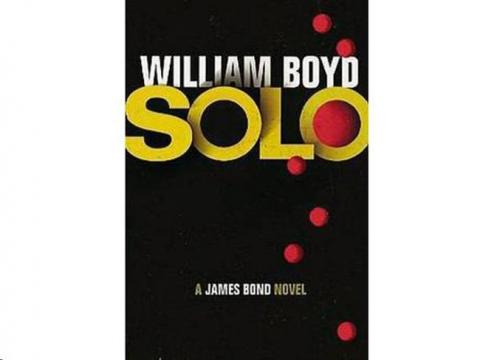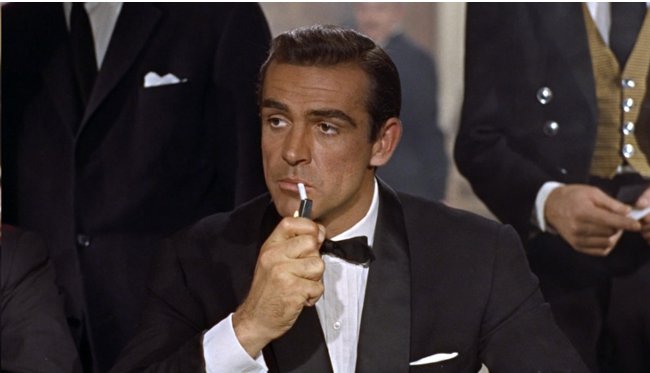007 Shaken, Not Stirred, in William Boyd’s ‘Solo’

Solo
By William Boyd
Harper
322 pages
Solo, a “James Bond Novel,” is the latest in a series of post-Ian Fleming books written by different authors (Kingsley Amis, Jeffrey Deaver, Sebastian Faulks, etc.). Now it’s William Boyd’s turn. Boyd, the hugely gifted author of Any Human Heart and the accomplished thrillers Restless and Ordinary Thunderstorms, certainly seems on paper like a great fit to extend Fleming’s legacy, breathing new life into this decades-old franchise.
From the start of Solo, the tone feels different. The secret agent encountered here—in sharp contrast to the flamboyant movie versions—is reflective and genteel (as well as stylish and hedonistic). He’s also a considerate seducer of women and prey to ordinary mortal afflictions like the common cold.
But, true to form, James Bond likes very fast cars:
“Bond felt he was in a low-flying plane rather than an automobile as he accelerated the Jensen down the A316 towards Twickenham. The wide curved sweep of the windscreen filled the car with light and the powerful rumble of the engine sounded like the roar of jet propulsion. The four-wheel drive means the tightest corner could be negotiated with hardly any diminution of speed. When he stopped at traffic lights pedestrians openly gaped at the car as it idled throatily, heads turning, fingers pointing. If you needed a car to boost your ego, Bond thought, then the Jensen FF would do the job admirably. Not that he needed an ego boost, Bond reminded himself as he accelerated away, the speed forcing him back in the sea, cutting up and leaving a Series V Sunbeam Alpine for dead, its driver gesticulating in frustration.”
In Solo, James Bond is sent to the fictional West African country of Zanzarim, presently engulfed in a two-year-old civil war. His assignment: “neutralize” the rebel army’s commander, thus hastening an end to conflict in this oil-rich region.
Traveling as a stringer for Agence Presse Libre – a cover that gets blown rather easily not long into the assignment—Bond encounters Kobus Breed, a bloodthirsty Rhodesian mercenary. The well-spoken psychopath is fond of driving meat hooks through the jaws of his victims and hanging their corpses from trees. A string of such killings leads to Bond’s decision to go rogue and hunt the man down, together with his villainous employers.

But long before Solo ends, the narrative pace falters. Just when the story should be hurtling towards a suspenseful climax, there’s an inexplicable break in the action, so Bond and his CIA colleague can sit around drinking Gordon’s gin and hashing out the details of what’s transpired earlier. Few thrillers can survive this sort of leisurely interlude, let alone one that aspires to wear the mantle of James Bond Novel.
Not to mention that readers will wait a frustratingly long time before Bond exercises his legendary license to kill.
William Boyd remains a master of the action set-piece (though there aren’t enough of them here to satisfy many Bond fans). During a firefight in the African bush, chaos and confusion are rendered with bone-chilling efficiency:
“Bond saw the tracer looping a split second before he heard the detonations. There was the usual sensory delay – the lazy flow of glowing light-flashes picking up speed – and then the road surface disintegrated under the impact of the heavy-calibre machine-gun bullets … One of the soldiers seemed literally torn apart, shredded by the impact of a dozen rounds, while the other was spun around in a mad pirouette before Bond saw one of his arms flail off and go tumbling into the undergrowth end over end.”
Solo offers glimpses of what’s made James Bond such an enduring series, but there’s also the sense of a missed opportunity. More could have been done to vividly extend the life and times of 007.
Author Bio:
Lee Polevoi, author of The Moon in Deep Winter, is completing a new novel, The Confessions of Gabriel Ash.




























































































































































































































































































































